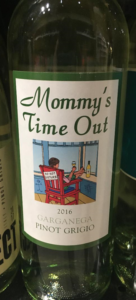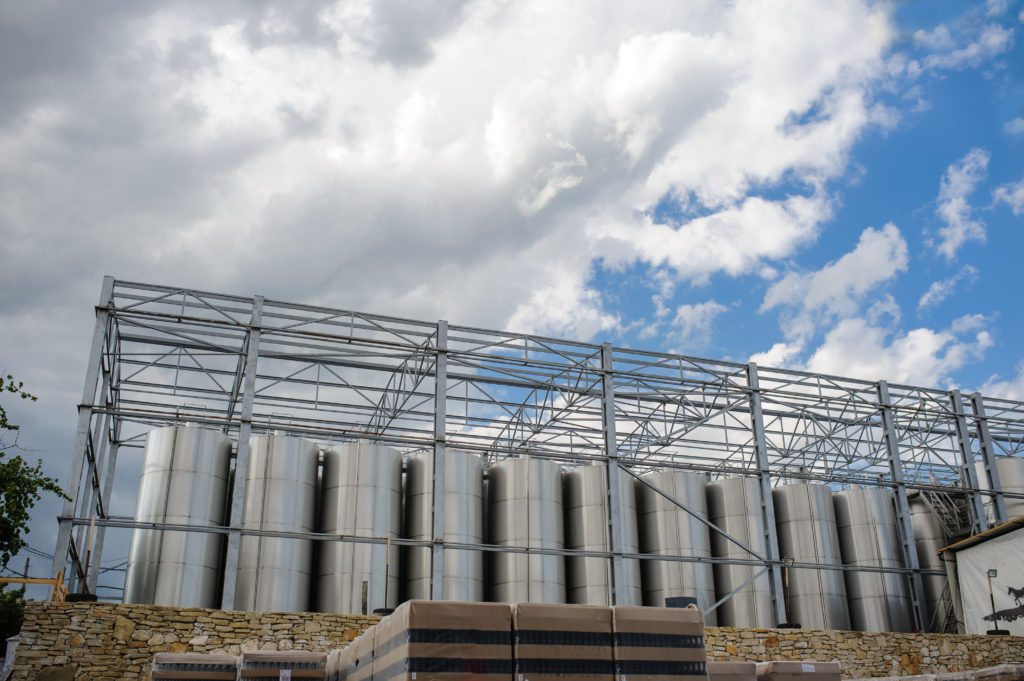Blending is the process of combining one or more wines, in order to increase production quantity, achieve a particular price point, obtain the best balance and complexity or obtain a standardized style (from vintage to vintage). Even a single vineyard wine is likely a blend of grapes that were picked days or weeks apart to introduce complexity. Blends can be made quantitatively (accounting for levels of acids or alcohols) or organoleptically (blending by aromas and flavors), and are one of the most commonly used tools in the winemakers’ kit.
Blending is routinely employed for high volume wines with price points that are more sensitive than source, as in the case of California White Zinfandel. Here, the blending strategy has two aims: standardized style (by blending from a larger area) and the ability to purchase grapes on the spot market to allow winemakers to respond quickly to changes in demand. High volume wines can also benefit from the more liberal AVAs like “California”, adding small amounts of other grapes to smooth vintage variation (like Petit Sirah for spice, or Barbera for acidity).
Blends are also commonly used by smaller scale boutique operations, especially as a way to induce complexity. For instance, Merlot is often used to soften austerity and fill in the mid-palate of Cabernet Sauvignon in Bordeaux-style blends. Château Rauzan-Gassies speak of Cabernet Sauvignon’s elegant expression and precision of fruit, but even in ripe years (like 2009 in Bordeaux), adding Merlot gives you a broader spectrum of flavors, even if by doing so you lose some of the precision of Cabernet Sauvignon.
In some older wine regions, blending defines the style of wine, as in the fortified wines of Jerez in Spain. Historically, Sherry was sold as a vintage-dated wine, but the region started adopting the now widely-used solera fractionalized blending system in the mid-19th century. The benefits are continuity and consistency, with the added bonus of refreshing nutrients for wines that are under the flor yeast (to maintain the health of the flor). As this is also a region and wine that is more about the house style, rather than the absolute terroir (a concept still largely seen in Port as well), blending here can help maintain a consistent house style.

Other reasons for blending include hitting a particular price point, as witnessed by Mommy’s Time Out Pinot Grigio, which is actually blended with the less expensive Garganega, and can sit on the retail shelf for around $8.
Before our current climate of wine regulations and testing, blending of wines was seen as a dubious and fraudulent practice. However, today’s blending (when legal) is one of the most important tools in the winemakers’ kit at all price points, and can help with achieving an intended volume and standard style, as well as inducing complexity, whilst hitting a sensitive price point and maintaining continuity and consistency of a house style.


